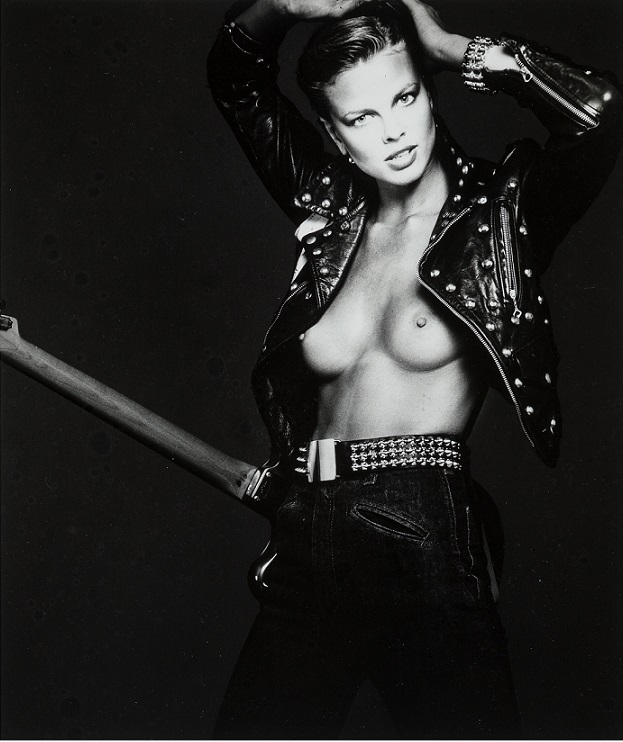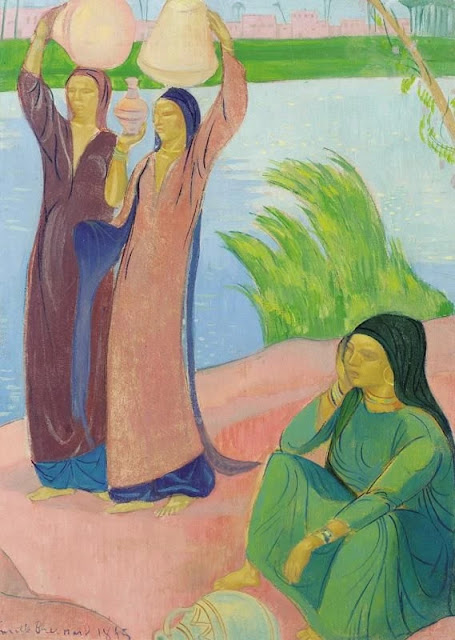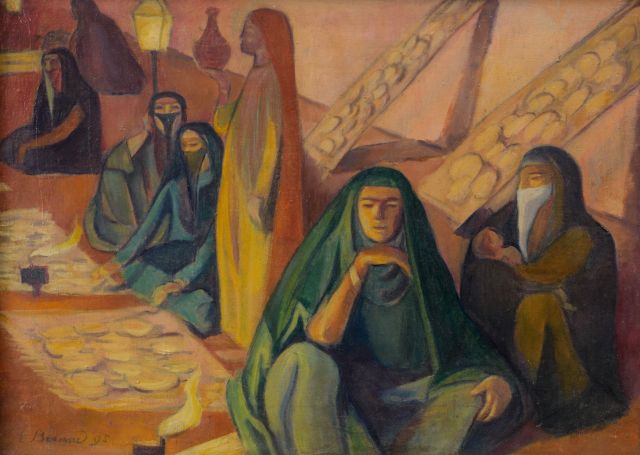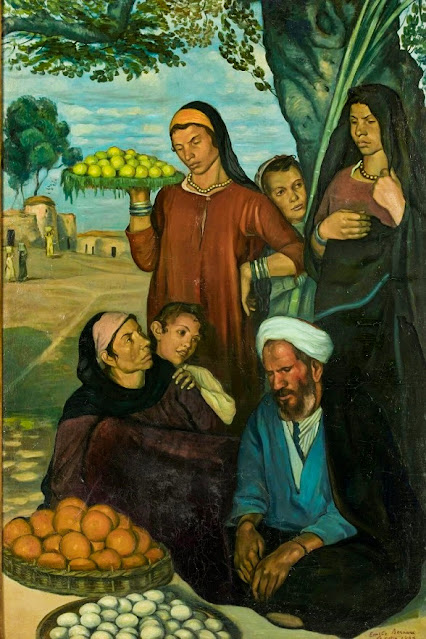'Happy days' is an original 5-layer, hand-pulled, silk screen print on Fabriano, 300gsm paper. Inspired by Nathalie’s passion for swimming and the fun and playful energy related to it.
Nathalie Kingdon is a French screen printer artist based in London, working from her studio at Wimbledon Art Studios.
Silk screen printing has always been Nathalie's medium of choice, and she works essentially from images taken and collected from various sources of inspiration which are gathered through the years and in particular the South of France.
Nathalie transforms and enhances imagery with a particular sense of colour, and juxtaposition of shape and form.
She is interested in the new narratives that inevitably take place within the frame of the print, and the journey the process takes her on which naturally and organically evolves.
Nathalie has most recently been experimenting with digitally manipulated and printed images, which complements her traditional methods of screen printing.
More on Nathalie Kingdon
Caroline Walker
Threshold, Painted in 2014
Oil on canvas
200 x 300 cm (78 3/4 x 118 1/8 in.)
Private collection
Sold for £927,100 in March 2023
“In a broad sense my work is exploring pre-conceived gender and identity positions in relation to the home, but I paint women because in some ways I am always painting myself, and my own experiences or anxieties.” —
Caroline Walker
Caroline Walker’s lustrous oil paintings depict women at work. The artist captures her subjects in quiet, typically invisible moments of labor: They vacuum, hang laundry, wash dishes, water plants, cook meals, and peer through microscopes. The viewer becomes a sort of voyeur, spying on figures who complete mundane chores inside and outside the home. Walker paints from photographs she takes herself—often covertly—as she documents the cultural, economic, and racial realities that face a diverse group of contemporary women. She obtained her BA in painting from the Glasgow School of Art before enrolling at the Royal College of Art, where she graduated with an MA in painting in 2009. Since then, Walker has exhibited in London, Edinburgh, New York, Los Angeles, Milan, and Seoul, among other cities, and her work has been acquired by collections worldwide.
More on Caroline Walker

Kezban Arca Batibeki, (Turkish, born 1956)
Sunday Afternoon , c. 2007
Digital collage
150 x 85 cm. (59.1 x 33.5 in.)
Private collection
Born in Istanbul.
Kezban Arca Batıbeki graduated from The Fine Arts Faculty of Istanbul Marmara University’s Graphic Arts Department. She worked for the best art and women magazines in Turkey as an illustrator, designed book covers, children books and movie posters. She created an animation film for Swedish State TV and worked as a production designer and photographer on the films production.
1983 she relocated to Oxford and London in the UK to focus on her painting. She featured in twentyone solo exhibitions and participated in numerous Turkish and International group shows. She has been widely regarded as one of the most insightful artists concerned with popular culture involved in the contemporary art scene in Turkey. She works on paintings, photographs, installations and short films about women. She also writes about Art for the newspaper and magazines.
She has twice been presented with the Grand Prize at the Esbank Awards. She lives and works in Istanbul.
More on Kezban Arca Batıbeki

Mr STRANGE Jean-Marie GITARD, France
A Summer Day in Marbella, c. 1986
Oil on Canvas
29.5 W x 39.4 H x 0 D in
Sold. Originally listed for C$1,822
Mr STRANGE Jean-Marie GITARD, France is a French artist born in 1964 who lives in the south of France.
After a fairly classic approach as a visual artist, Mr Strange, very largely inspired by surrealism, gradually moved away from classical painting to take an interest in polymorphic forms, mixing painting and sculpture. This is his "Spicture" period.
His artistic evolution leads him to appropriate the digital medium and create what he calls his photos manipulations.
Hybridization, logic of the absurd, subversion, are the artist's favorite entry points.
From birth to death, from the individual to society, he spares no one.
Mr Strange handles surrealism with a certain derision, and offers a personal reflection on the world that is sometimes poetic, sometimes caustic but always sharp.
More on Mr Strange
(Summer) State of Mind
Acrylic on Canvas
39.4 W x 59.1 H x 2 D in
Sold. Originally listed for C$7,194
Lena Kramarić, Dubrovnik, "Exploring the world around me in relation to my own inner world in an introspective and autoreferential way I am trying to connect motifs of the real and surreal, of the actual, imaginary and subconscious in the narrative scenes, leaving enough space to observers for their individual interpretation.
I reflect while I paint. Amongst my works there are those that are obvious and easily comprehensible and yet there are those that are less easily decipherable
Colour and drawing supercede and complement each other in the working process while the paint roller with white tempera partially annuls them, creating transparency or dimness. A painting is created in layers, using trial, error and success to achieve the desired final effect. Taking off and then adding new layers of colour and drawing, a worn-out surface is obtained which is contrasted by bright details.
Private and individual is put above general and collective. I believe that the best way to get through to the observer and to my own self is through a personal prism, which is essential for my overall development as an individual as well as an artist. Sometimes I use text, spontaneous thoughts, which complement or annul the pictorial form."
More on Lena Kramarić
Please visit my other blogs: Art Collector, Mythology, Marine Art, Portrait of a Lady, The Orientalist, Art of the Nude and The Canals of Venice, Middle East Artists, 365 Saints, 365 Days, and Biblical Icons, also visit my Boards on Pinterest
Images are copyright of their respective owners, assignees or others.
Some Images may be subject to copyright
I don't own any of these images - credit is always given when due unless
it is unknown to me. if I post your images without your permission, please tell
me.
I do not sell art, art prints, framed posters or reproductions. Ads are
shown only to compensate the hosting expenses.
If you enjoyed this post, please share with friends and family.
Thank you for visiting my blog and also for liking its posts and pages.
Please note that the content of this post primarily consists of articles
available from Wikipedia or other free sources online.


















%20State%20of%20Mind.jpg)




















.jpg)









